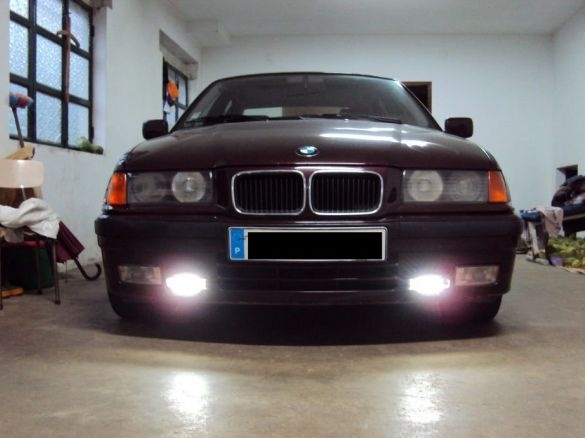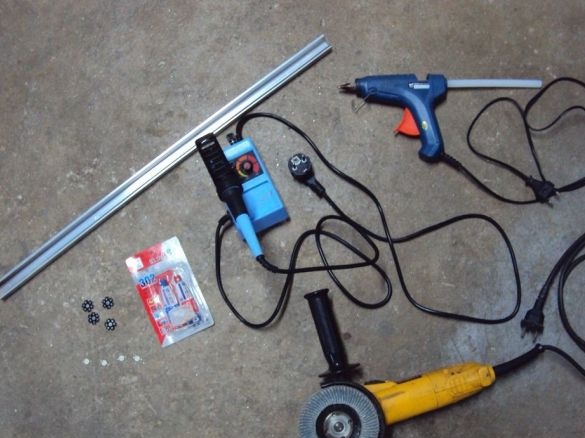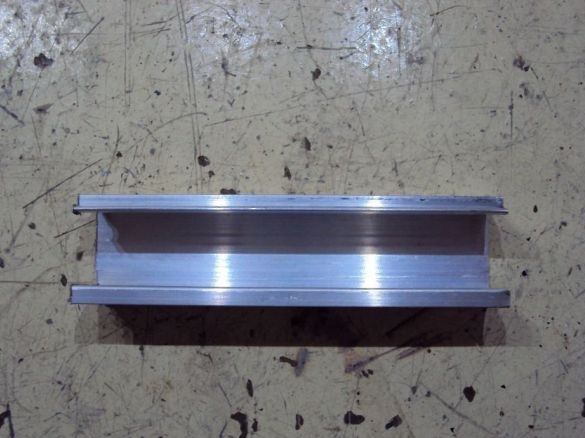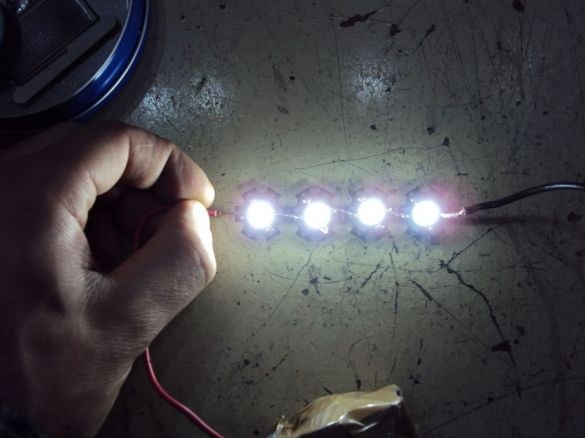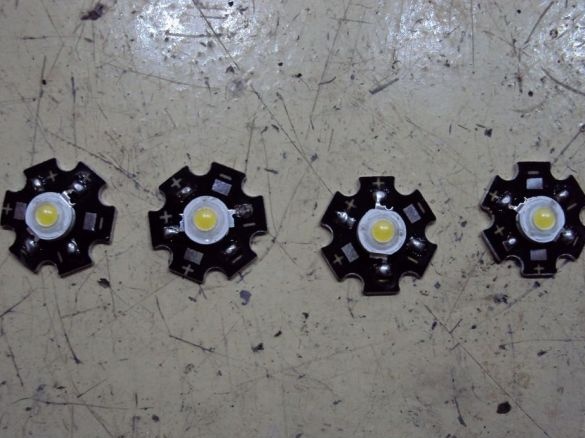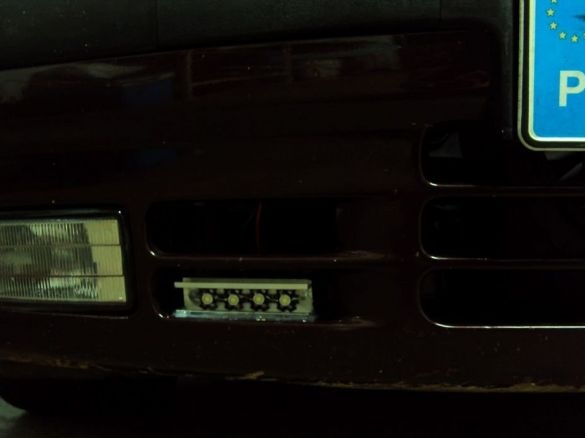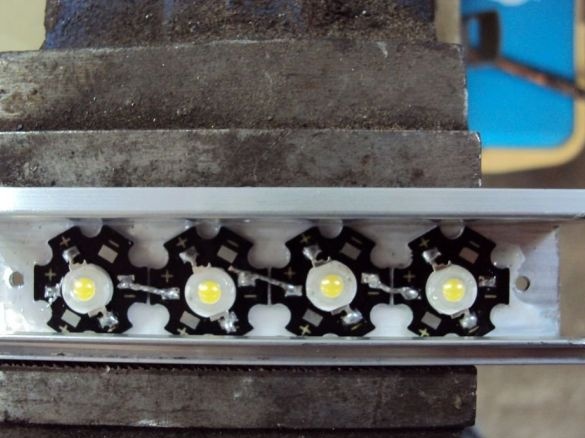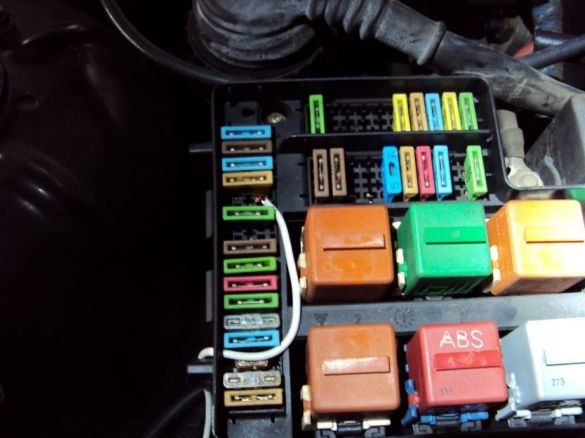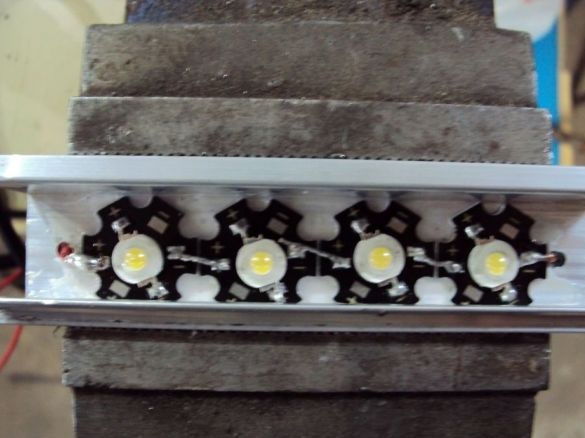LED marker lights - a great addition to any car. The cost of such high-quality equipment can be quite high, so it makes sense to try to make it yourself. The author has proposed a simple option on how to quickly make LED marker lights at minimal cost.
Materials and tools:
- LEDs (in this case, the author used the option in the form of asterisks, 4 pieces of 1 Watt each);
- aluminum rail (to create the base of the lamp);
- hot glue and epoxy;
- drill or drilling machine;
- soldering iron with solder;
- wires;
- a grinder or other tool for cutting metal.
Manufacturing process
Step one. Creating the base of the flashlight
As the basis of the flashlight, the author used an aluminum channel. To create the base of the lamp from it you need to cut a piece of the desired length.
Step Two Creating an electrical circuit
In order for the LEDs to work, you need to create an electrical circuit. For this, the diodes are connected in series. Contacts need to be soldered in such a way that minus goes behind plus and plus minus. Otherwise, the lamp will not work, as the LEDs have a working polarity.
After creating the circuit, you need to check it by feeding it from a car battery or any other DC source.
Step Three LED installation
The LED strip is attached to the base of the lamp with epoxy glue. Thanks to this approach, a radiator is formed from the lamp housing. It allows you to cool the LEDs, while they last longer and work better.
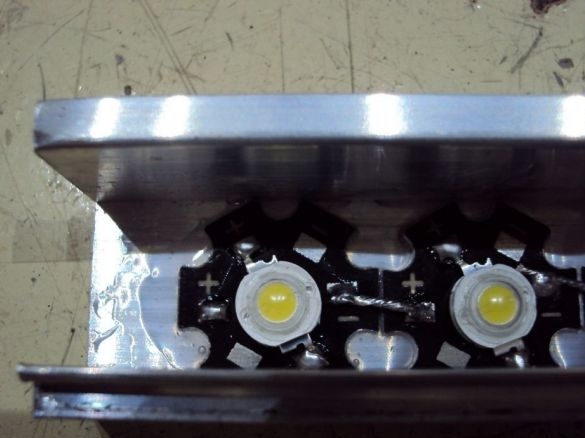
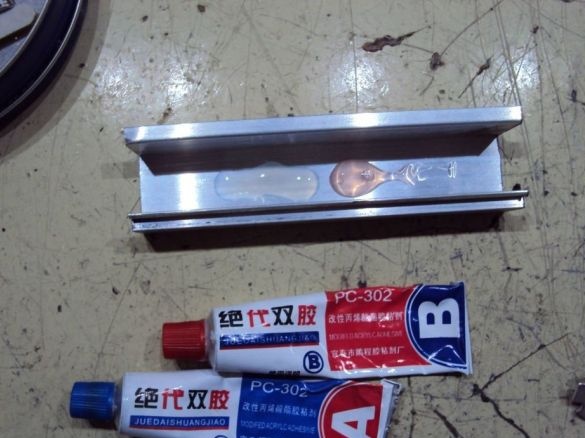

Step Four Installation and connection of marker lights
To connect the lights, you need to solder two wires to the ends of the LED strip, it is advisable to make them colored, so as not to get confused during the connection process. Then, from both ends of the strip of aluminum, two holes must be drilled, wires are drawn into them. In order for the wires not to rub on the holes and not cause a short circuit, they should be fixed with a drop of hot glue.
Now it remains to connect the lights to the power source. To do this, find the switch that is responsible for turning on the side lights, and connect the circuit through it. In this case, the switch must open the negative wire (ground). As for the plus, it turns on through the fuse box for safety.
That's all, the marker lights are ready. As you can see, the process of creating such lamps is quite simple, and they work no worse than store counterparts. If you are smart, the lights can be equipped with glasses.

